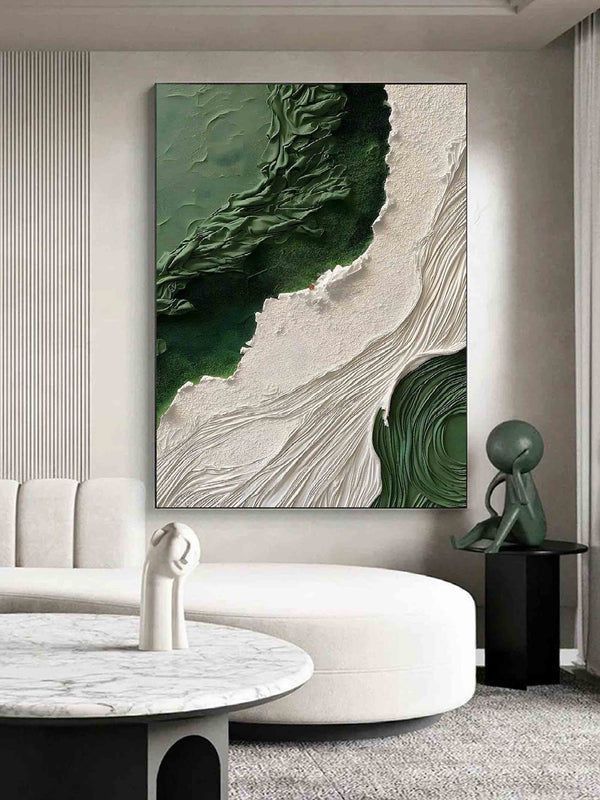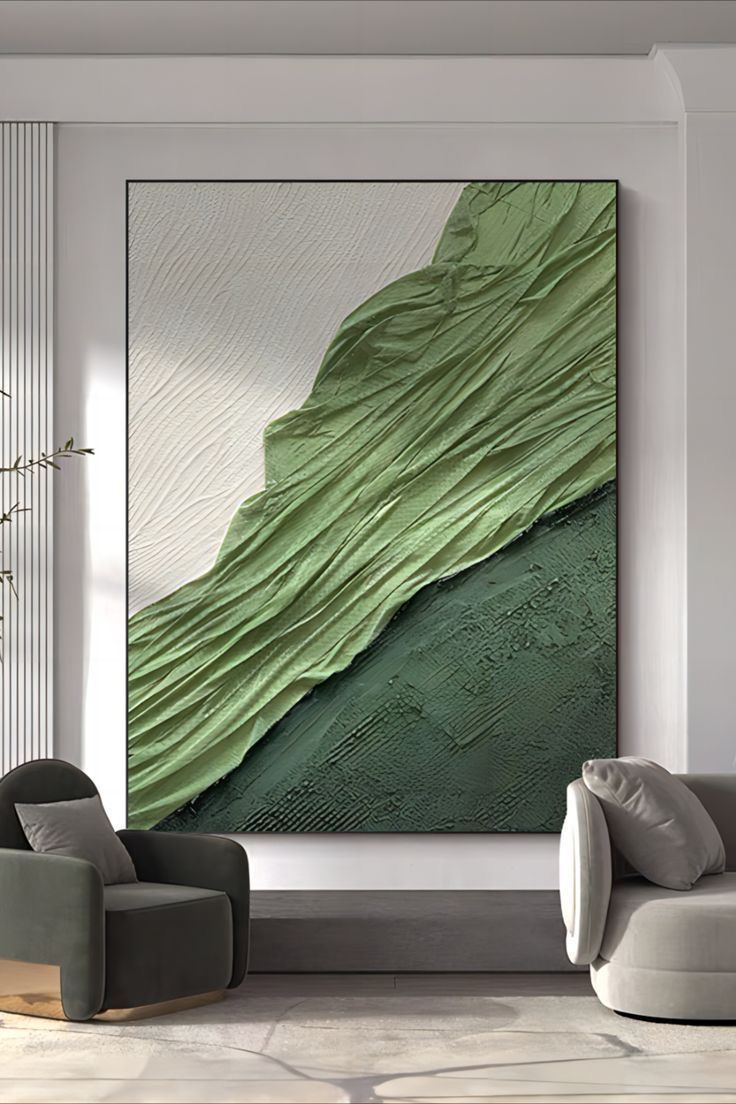
How to Get Started with Canvas Painting: A Beginner’s Guide
Canvas painting is a rewarding and expressive art form that allows individuals to bring their imagination to life. Whether you are a complete beginner or
Canvas painting has been a fundamental form of artistic expression for centuries. From classical masterpieces to contemporary abstract works, it has provided artists with a versatile medium to convey emotions, tell stories, and explore their creativity. Whether you’re an aspiring painter or an experienced artist, canvas painting offers limitless possibilities for artistic growth. This blog explores the history, techniques, materials, and inspirations behind canvas painting to help you embark on a rewarding creative journey.
The evolution of canvas painting dates back to the Renaissance era when artists transitioned from painting on wooden panels to using stretched fabric. This shift allowed for greater flexibility, durability, and portability. The use of canvas gained popularity among Venetian artists in the 15th century due to its adaptability to the humid climate. Over time, canvas became the preferred surface for iconic movements, including Baroque, Impressionism, and Modernism.
Today, canvas remains a staple in the art world, embraced by traditional painters and contemporary digital artists alike. Its timeless appeal ensures that it continues to evolve with new techniques and innovations.
Cotton Canvas: Affordable and smooth, suitable for beginners.
Linen Canvas: Preferred by professionals for its fine texture and durability.
Canvas Panels: Ideal for practice and small-scale projects.
Pre-Stretched vs. Canvas Rolls: Pre-stretched canvases are convenient, while rolls offer customization.
Acrylic Paint: Fast-drying and versatile.
Oil Paint: Rich in color with extended blending time.
Watercolor on Canvas: Requires a special surface for absorption.
Gouache: Offers a matte finish with vibrant pigmentation.
Round Brushes: Ideal for fine details.
Flat Brushes: Best for bold strokes and backgrounds.
Fan Brushes: Used for blending and texture.
Palette Knives: Perfect for creating thick, textured layers.
Easel: Maintains proper posture and perspective.
Palette: Used for mixing colors efficiently.
Gesso: Prepares the canvas for paint application.
Varnish: Protects the finished painting.
A monochrome base layer used to define composition and depth before applying final colors.
Layering transparent paint over dry sections to create depth and luminosity.
Thick, textured paint application, often using a palette knife, to add a three-dimensional effect.
A technique where minimal paint is applied to a dry brush for a textured effect, ideal for rough surfaces.
Creating smooth transitions between colors to enhance realism in shading and lighting.
Abstract Art: Express emotions through colors and shapes.
Landscapes: Capture natural beauty in vibrant hues.
Portraits: Challenge yourself with human expressions and anatomy.
Floral Paintings: Delicate and intricate flower designs.
Minimalist Designs: Simple yet striking compositions.
Sketch Before You Paint: Helps plan composition and avoid errors.
Experiment with Colors: Try different palettes for unique styles.
Use Reference Images: Improves accuracy and detail.
Keep a Light Touch: Thin layers enhance depth and prevent overworking the canvas.
Learn from Others: Follow experienced artists for inspiration and techniques.
Avoid Direct Sunlight: UV rays can cause fading over time.
Store in a Stable Environment: Fluctuations in humidity and temperature can damage the canvas.
Dust Regularly: Use a soft brush or cloth to clean paintings.
Apply Varnish: Protects against dirt and moisture.
Canvas painting remains a cherished medium, offering boundless opportunities for creativity and self-expression. Whether painting for relaxation, professional growth, or personal enjoyment, the ability to create meaningful and captivating artwork is within reach. By mastering techniques, experimenting with materials, and finding inspiration in the world around you, you can develop a style that truly reflects your artistic vision.
Embrace the timeless art of canvas painting and let your creativity flow onto the canvas!
Canvas painting continues to stand the test of time as a profound and versatile form of artistic expression. From its historical roots in the Renaissance to its presence in contemporary art, it has evolved while maintaining its significance in the creative world. The ability to transform a blank canvas into a masterpiece allows artists of all skill levels to explore their imagination, refine their techniques, and convey deep emotions through colors and textures.

Canvas painting is a rewarding and expressive art form that allows individuals to bring their imagination to life. Whether you are a complete beginner or

Canvas painting offers a diverse range of techniques that allow artists to express their creativity in unique ways. Understanding different painting methods enhances artistic skills